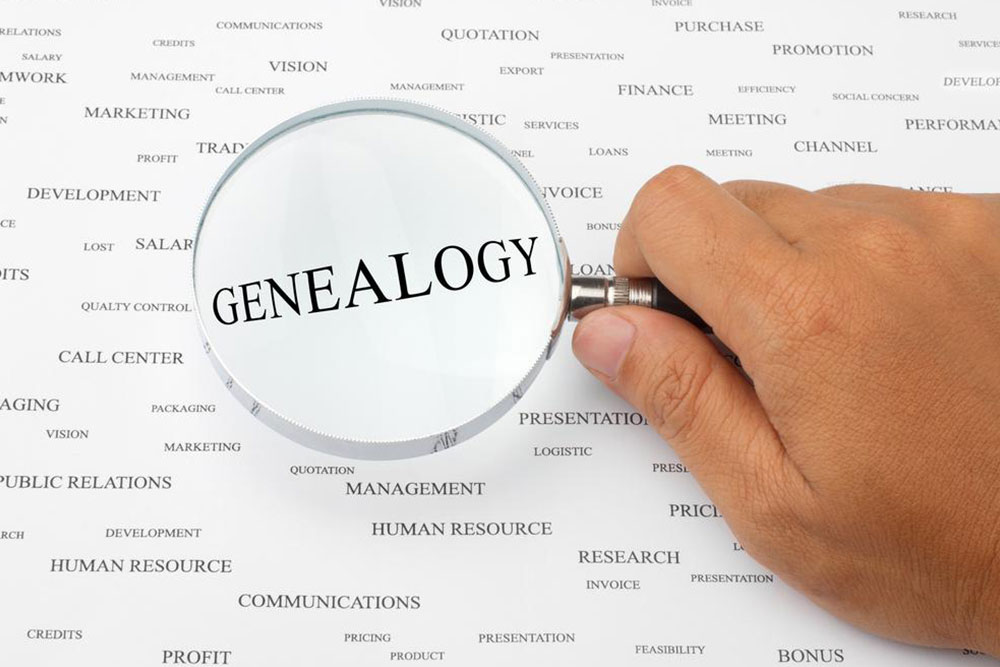Did you know that the popular British actor Benedict Cumberbatch is distantly related to the author Sir Arthur Conan Doyle? The interesting part is that Cumberbatch played the protagonist in the BBC series Sherlock that was based on the Doyle famous character Sherlock Holmes. It is quite interesting how genealogy works, isn’t?
Do you sometimes wonder whether you would be related to some famous personality through your genes? What if you are related to the president of United States, or perhaps the Queen of England? Genealogy would be quite fun and at the same time very enlightening. Tracing your family line back to your ancestors can give you a lot of information about your family history:
social as well as medical.
Earlier people used to rely on libraries and other resources to trace their genealogy. However, these days, due to the internet, it has become quite simple to find out who your ancestors were. You can find out about your ancestors with a lot of help from the internet and some Sherlock-ish detective work.
- Start by making a pedigree chart. A pedigree chart contains important information about each member of your family: full name, birth/death dates, birth/death places, and marriage dates. The chart starts from the extreme edge with the name and vital information of the person making the chart appearing on the extreme left of the chart.
Tow lines are extended towards the line for each of the parents. Lines are added as and when new information about grandparents, great grandparents, and other extended ancestors are found out. You can easily find pedigree chart templates online.
Pursue the oldest member of your family. Sit down with them and ask them questions about your ancestors and heritage. Interview them and ask them factual questions. Record your interviews for further reference. Collect all the possible physical evidence such as family photos, wedding photos, wedding videos, newspapers announcements, and documents that will provide you with information about the various marriages, births, and deaths in your family and extended family. This physical evidence will help you set up an estimated timeline of the different life events in your family. Consider doing some legwork. Visit cemeteries where your grandparents and relatives are buried. You might come across some other member of the family you were not aware of but is buried close by. Generally, members of the same family tend to be buried in the same graveyard. Lastly, you can pay for a genealogy service that will do all the legwork for you and also conduct some extensive research on your behalf. Disclaimer:The content provided on our blog site traverses numerous categories, offering readers valuable and practical information. Readers can use the editorial team’s research and data to gain more insights into their topics of interest. However, they are requested not to treat the articles as conclusive. The website team cannot be held responsible for differences in data or inaccuracies found across other platforms. Please also note that the site might also miss out on various schemes and offers available that the readers may find more beneficial than the ones we cover.


